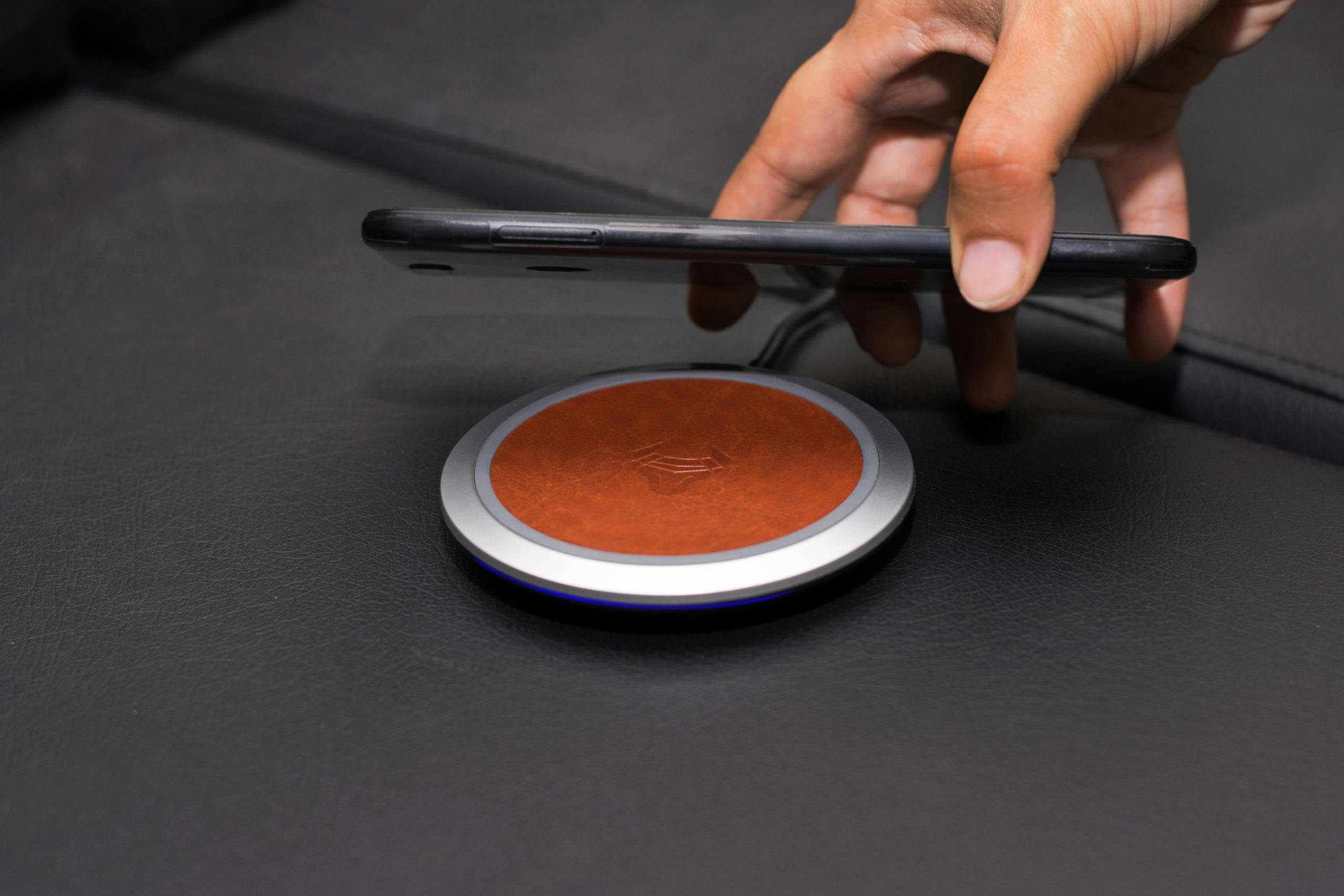Solar-Powered Charging Highways: Roads That Power Your EV
Welcome to the future of sustainable transportation. Imagine a world where roads not only provide a smooth surface for vehicles to travel on, but also generate clean, renewable energy. Thanks to the latest innovation in the field of green technology, this is now becoming a reality. Introducing solar-powered charging highways – roads that power your electric vehicle (EV) while you drive. This revolutionary concept has the potential to transform the way we think about transportation and energy consumption. Let’s take a closer look at what these roads are and how they work.
Solar-Powered Charging Highways – The Basics
Solar-powered charging highways, also known as solar roads, consist of specially designed panels that are installed on the surface of the road. These panels are made up of photovoltaic cells, which can convert sunlight into electricity. The roads are embedded with a series of interconnected solar panels, allowing them to function as a large solar array. This means that the energy generated is not only used to power the road itself, but also to charge EVs that travel on it.
How Do These Roads Power Your EV?
The principle behind solar roads is simple. As sunlight hits the solar panels, it is converted into electricity, which is then fed into the power grid. This clean energy can then be used to charge nearby EVs while they are in motion. The roads are equipped with wireless charging technology, making it possible for EVs to charge without the need for any cables or plugs. In addition to charging EVs, solar roads can also be used to power streetlights, traffic signals, and other roadside infrastructure, further reducing the demand for traditional sources of energy.
Efficiency and Durability
One of the main concerns with solar roads is their efficiency and durability. The technology used in these roads is constantly evolving and improving, with the latest solar panels being more efficient and durable than ever before. Manufacturers are working on developing panels that can withstand heavy traffic, extreme weather conditions, and varying road surfaces. Some companies have also introduced anti-slip and anti-glare coatings to ensure the safety of drivers and pedestrians.
Benefits of Solar-Powered Charging Highways
The potential benefits of solar roads are numerous. First and foremost, they can significantly reduce our dependence on fossil fuels by providing a clean and renewable source of energy. This can help reduce carbon emissions and combat climate change. Solar roads can also help improve air quality, as they do not emit any harmful pollutants. Moreover, by generating electricity through the roads, we can reduce the need for conventional power plants, which are often a major source of pollution.
Solar roads can also have a positive impact on the economy. Besides creating jobs in the manufacturing and installation process, they can also save money in the long run. The energy generated from solar roads can be used to power the surrounding area, reducing the need for expensive grid infrastructure. It can also reduce the cost of charging EVs, making it more affordable for individuals to switch to electric vehicles.
Challenges and Future Prospects
Despite all the potential benefits, there are still some challenges that need to be addressed before solar roads can become a widespread reality. The cost of manufacturing and installing these roads is currently quite high and needs to be reduced to make it a feasible, cost-effective option. Moreover, the efficiency and durability of the panels need to be further improved before they can withstand heavy traffic and extreme weather conditions.
However, given the rapid advancements in technology, solar-powered charging highways have a bright future ahead. Renewable energy experts believe that by integrating solar roads into our existing infrastructure, we can potentially meet a large portion of our energy needs in the future. This could help us reduce our dependency on traditional sources of energy and move towards a more sustainable future.
In Conclusion
Solar-powered charging highways are a promising innovation that has the potential to change the way we think about transportation and energy consumption. With more and more companies investing in research and development, we can hope to see the widespread implementation of solar roads in the near future. By harnessing the power of the sun to charge our EVs, we can reduce our carbon footprint and create a cleaner, more sustainable world for future generations.











